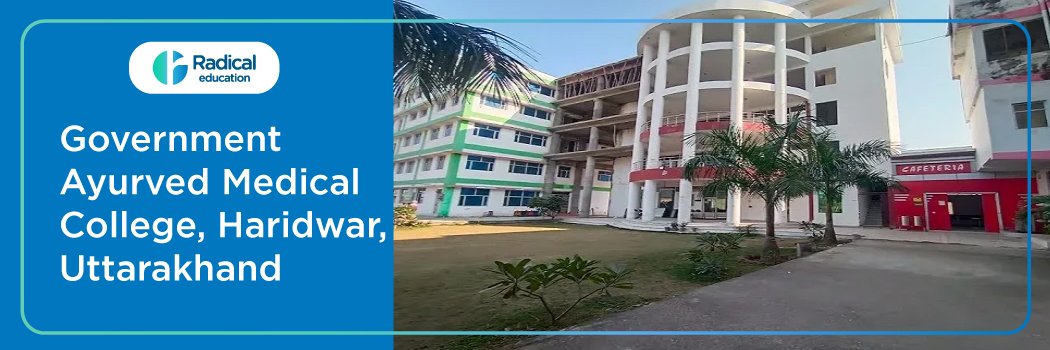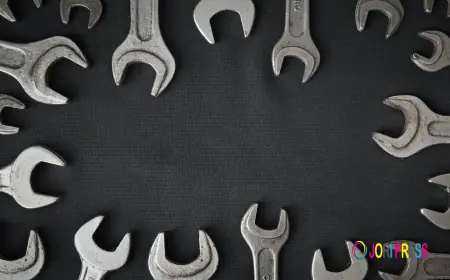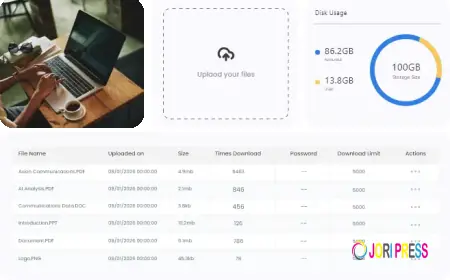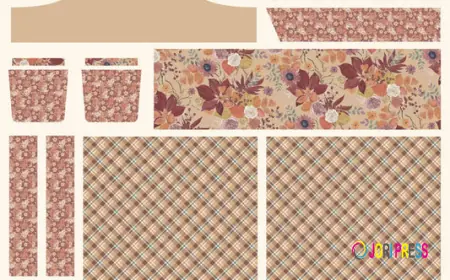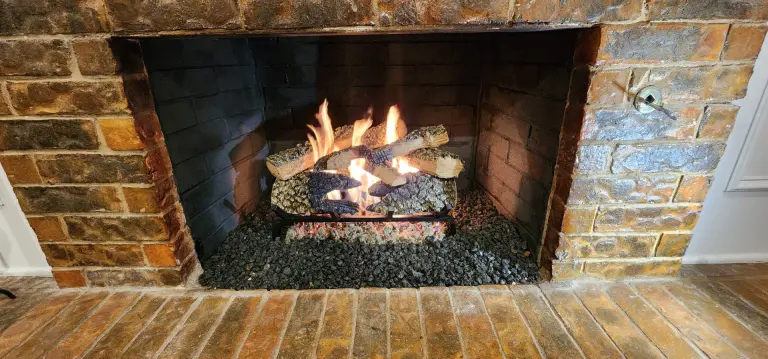How Does a Residential Sewage Treatment System Work?
residential sewage treatment solution provider
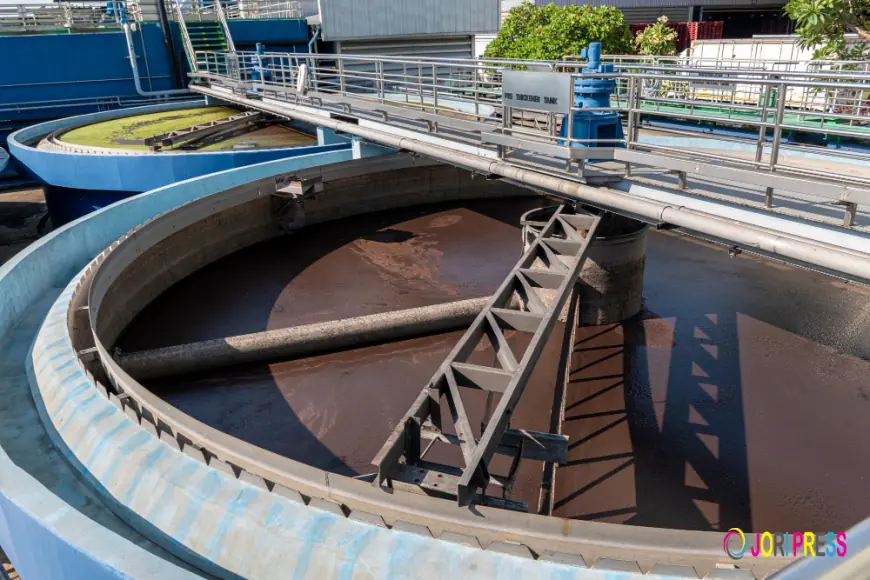
Every day, households across India generate significant amounts of wastewater, raising concerns about environmental impact and public health. A well-designed residential sewage treatment solution provider can transform this challenge into an opportunity for sustainable living. These systems ensure wastewater is treated efficiently, preventing contamination of water bodies and promoting eco-friendly practices. In urban areas like Delhi and Mumbai, where population density strains municipal infrastructure, such solutions are increasingly vital. By treating sewage at the source, these systems reduce the burden on centralized facilities, offering a practical approach for modern homes. This article explores how residential sewage treatment systems function, their components, processes, and benefits, with a focus on addressing common queries from homeowners in India. Whether you're in Bengaluru or a smaller town, understanding these systems can help you make informed decisions for a cleaner, greener future.
Understanding Residential Sewage Treatment Systems
What Is a Residential Sewage Treatment System?
A residential sewage treatment system is a decentralized solution designed to treat wastewater generated from households. Unlike municipal systems, these compact units are installed on-site, managing sewage from toilets, kitchens, and bathrooms. By employing advanced technologies, a residential sewage treatment solution provider ensures that wastewater is treated to meet environmental standards before reuse or disposal. These systems are particularly beneficial in areas with limited access to centralized sewage networks, such as rural regions or suburban developments in India.
Why Are These Systems Important?
The importance of residential sewage treatment cannot be overstated, especially in India, where untreated sewage contributes to 70% of surface water pollution, according to the Central Pollution Control Board (CPCB). These systems, often integrated with renewable energy solutions, reduce environmental harm by treating wastewater locally. They also help homeowners comply with local regulations, such as those enforced by the National Green Tribunal, ensuring safe disposal or reuse of treated water for gardening or flushing.
Components of a Residential Sewage Treatment System
Key Parts and Their Functions
Residential sewage treatment systems consist of several components working together to process wastewater effectively. Each part plays a critical role in ensuring the system operates smoothly.
-
Septic Tank or Primary Chamber: Collects raw sewage, allowing solids to settle and liquids to flow for further treatment.
-
Aeration Unit: Introduces oxygen to promote microbial activity, breaking down organic matter.
-
Filtration System: Removes remaining impurities, ensuring treated water meets safety standards.
-
Disinfection Unit: Uses UV or chlorine to eliminate pathogens, making water safe for reuse or discharge.
How Components Work Together
The synergy of these components ensures efficient treatment. For instance, in a typical system provided by a residential sewage treatment solution provider, wastewater enters the septic tank, where solids are separated. The liquid then moves to the aeration unit, where microbes degrade organic waste. Finally, filtration and disinfection produce water suitable for non-potable uses. By incorporating renewable energy solutions, such as solar-powered pumps, these systems can operate with minimal environmental impact, aligning with India’s push for sustainable technologies.
The Treatment Process Explained
Step-by-Step Breakdown
The treatment process in a residential sewage treatment system involves multiple stages to ensure thorough purification.
-
Collection and Primary Treatment: Wastewater is collected in a primary chamber, where solids settle as sludge, and grease forms a scum layer.
-
Secondary Treatment (Biological): Microorganisms break down organic matter in an aeration tank, reducing pollutants significantly.
-
Tertiary Treatment: Filtration and disinfection remove remaining impurities and pathogens, producing clear, safe water.
-
Sludge Management: Accumulated sludge is periodically removed and can be composted or disposed of responsibly.
Efficiency and Output
According to a 2023 study by the Indian Institute of Technology (IIT) Delhi, modern residential systems can treat up to 95% of organic pollutants. The treated water can be reused for irrigation, reducing freshwater demand by up to 30% in water-scarce regions like Rajasthan. These systems are designed to handle varying household sizes, making them versatile for both urban and rural settings.
Benefits of Residential Sewage Treatment Systems
Environmental and Economic Advantages
Adopting a residential sewage treatment system offers multiple benefits, particularly for environmentally conscious homeowners.
-
Reduced Water Pollution: Treated water prevents contamination of rivers and groundwater, critical in cities like Chennai, where water bodies face severe pollution.
-
Water Reuse: Treated water can be used for landscaping, reducing municipal water dependency.
-
Cost Savings: Over time, reduced water bills and compliance with regulations lower household expenses.
-
Sustainability: Integration with renewable energy solutions minimizes the carbon footprint, aligning with India’s renewable energy goals.
Addressing Local Needs
In India, where 60% of rural households lack access to proper sanitation (Census 2011), these systems provide a practical solution. For instance, in peri-urban areas of Hyderabad, such systems have reduced groundwater contamination by 40%, per local government reports. Homeowners can also avoid hefty fines by adhering to regulations set by state pollution control boards.
Choosing the Right System for Your Home
Factors to Consider
Selecting the right system requires careful consideration of household needs and local conditions. Key factors include:
-
Household Size: Larger families generate more wastewater, requiring higher-capacity systems.
-
Available Space: Compact systems are ideal for urban homes with limited space.
-
Local Regulations: Compliance with state-specific guidelines, such as those in Maharashtra or Karnataka, is essential.
-
Maintenance Needs: Systems with automated monitoring reduce upkeep efforts.
Comparison of System Types
|
System Type |
Best For |
Key Features |
|---|---|---|
|
Aerobic Treatment Unit |
Urban homes with limited space |
Fast treatment, high efficiency |
|
Anaerobic System |
Rural areas with larger plots |
Low maintenance, cost-effective |
|
Membrane Bioreactor |
High-end residences |
Advanced filtration, superior output |
This table highlights how different systems cater to diverse needs, helping homeowners make informed choices based on their location and budget.
Maintenance and Long-Term Care
Ensuring System Longevity
Regular maintenance is crucial for optimal performance. Homeowners should schedule annual inspections and sludge removal every 2–3 years, depending on usage. A residential sewage treatment solution provider often offers maintenance packages, ensuring systems remain efficient. Neglecting upkeep can lead to blockages or reduced treatment quality, impacting both functionality and compliance.
Common Issues and Solutions
Clogs, odors, or system overloads are common challenges. For instance, excessive use of chemical cleaners can disrupt microbial activity. Using eco-friendly products and following provider guidelines can mitigate these issues. In India, where power outages are frequent, integrating renewable energy solutions like solar backups ensures uninterrupted operation.
Conclusion
Residential sewage treatment systems offer a sustainable, efficient way to manage household wastewater, addressing both environmental and regulatory concerns. By understanding their components, processes, and benefits, homeowners in India can make informed decisions to protect their surroundings and reduce water wastage. Partnering with a reliable residential sewage treatment solution provider ensures access to advanced, eco-friendly technologies tailored to local needs. Explore these systems today to contribute to a cleaner, greener future for your home and community.
Frequently Asked Questions (FAQs)
1. How much space is required for a residential sewage treatment system?
The space needed depends on the system type. Compact aerobic units require as little as 2–3 square meters, suitable for urban homes in cities like Mumbai. Larger anaerobic systems may need 5–10 square meters, ideal for rural settings.
2. Can treated water be reused safely?
Yes, after tertiary treatment, water is safe for non-potable uses like gardening or flushing. Systems from a trusted residential sewage treatment solution provider ensure compliance with CPCB standards for safe reuse.
3. How often should the system be maintained?
Annual inspections and sludge removal every 2–3 years are recommended. Regular checks by professionals prevent issues and extend system life, especially in high-usage households.
4. Are these systems suitable for all Indian climates?
Yes, modern systems are designed to operate in diverse climates, from humid coastal areas like Chennai to arid regions like Rajasthan. Solar-powered options enhance reliability in areas with frequent power cuts.
5. How do I choose a reliable provider?
Look for providers with certifications, positive reviews, and experience in local conditions. A reputable residential sewage treatment solution provider will offer customized solutions and robust after-sales support.
What's Your Reaction?
 Like
0
Like
0
 Dislike
0
Dislike
0
 Love
0
Love
0
 Funny
0
Funny
0
 Angry
0
Angry
0
 Sad
0
Sad
0
 Wow
0
Wow
0




